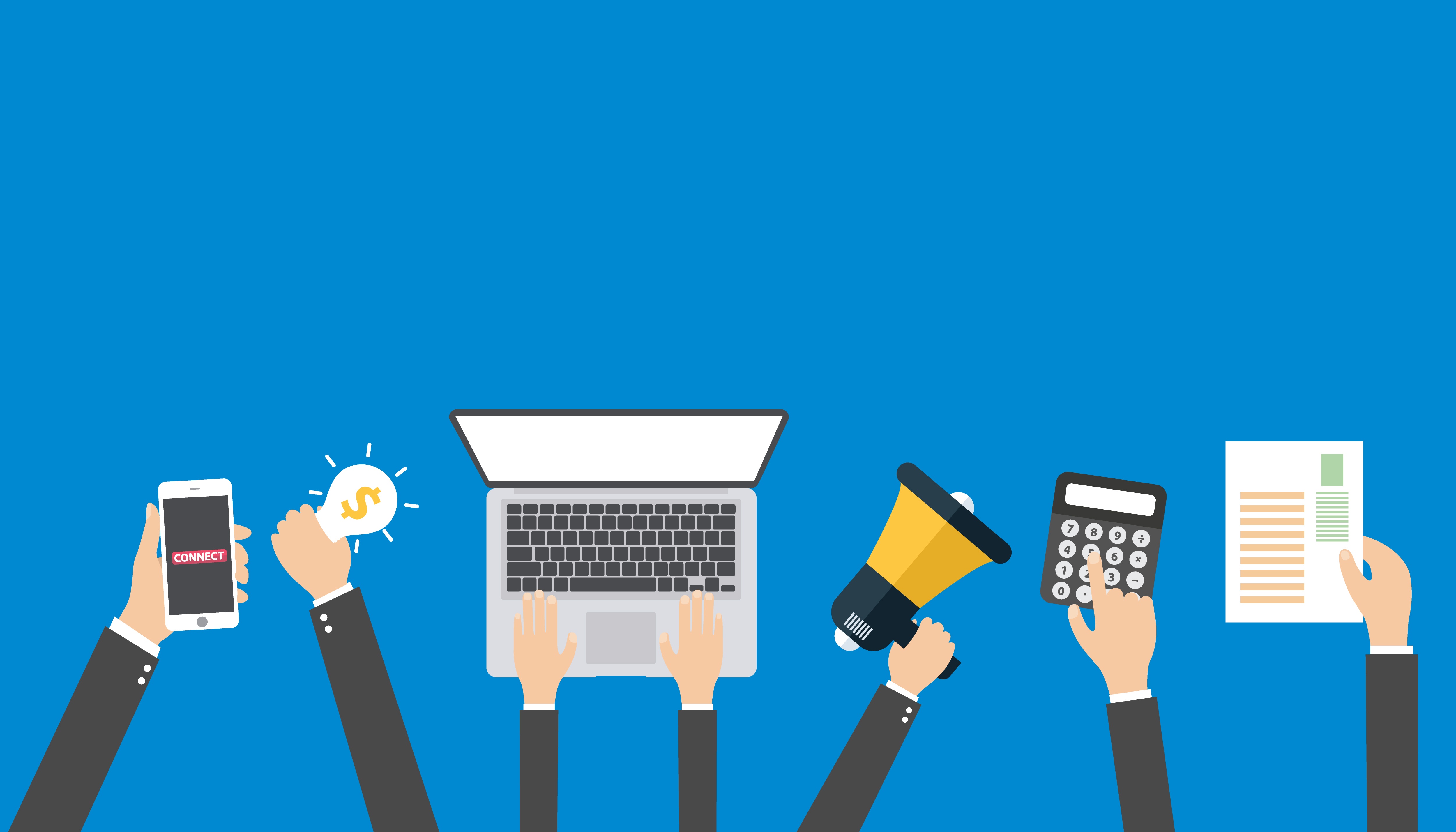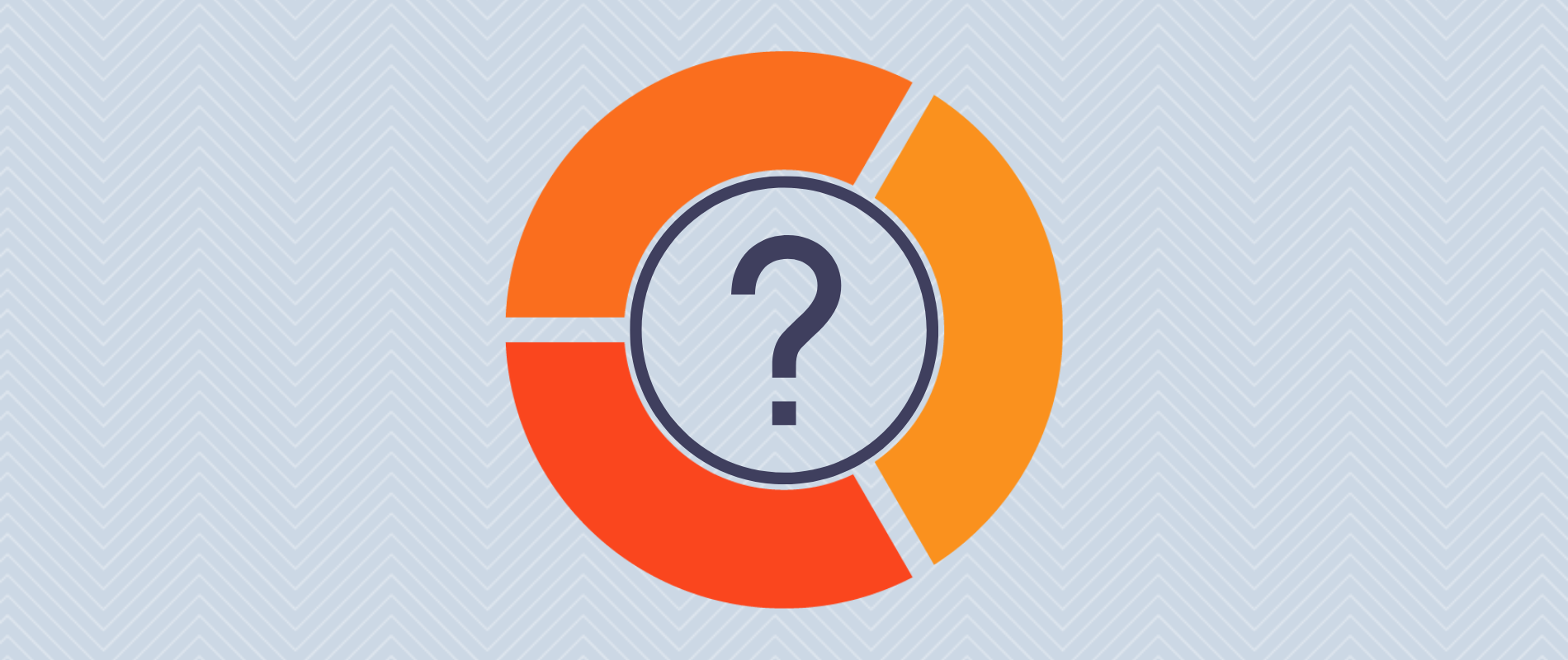
Get weekly
HubSpot updates
If you've been around marketing company or are responsible in any way for growing your company's revenue, it is highly likely that you've heard the term 'inbound marketing' being banded around. But what is inbound marketing, and how can it help your company?
The goal of Inbound Marketing is to attract a potential customer or client so that they gravitate towards you. It differs from outbound marketing in that instead of the marketer push their product out into the world through traditional methods such as advertising, cold calling, and other interruptive tactics., they are attracting customers through the use of educational content that assists the reader in their buying process.
Inbound marketing is all about understanding your buyer persona and the buyer's journey, identifying what they need and want, then delivering it in a way that is accessible to them.
A successful Inbound Marketing strategy will attract potential customers by being where they are looking for information you offer which can be on your website or blog, social media channels like LinkedIn and Facebook groups.
The way people buy anything has changed.
The buyer's journey has evolved and the customer is now in charge. With this new paradigm, it's important to know what your customers need at every stage of their buying cycle so you can give them value where they are ready to buy from you.
People do their own research before they buy anything. Anything they need to know about a purchase is online and they can find it within a matter of minutes. If they can't find what they're looking for on your website, then the likely outcome is that they'll bounce off and visit a competitor.
Therefore it's important that you understand what research they are doing at each stage of the buyer's journey and that you put the effort in to provide the information that they are looking for.
One of the fundamental shifts in companies that adopt an inbound marketing approach is that they change their focus from being very company-centric, always talking about themselves, to being customer-centric where at all times they are tailoring the content and experience around the customer, looking to add value at all times rather than simply sell to them at any cost.
What is the inbound methodology?
Hubspot, a software company that started out as a blogging and marketing automation platform, coined the phrase Inbound marketing way back in 2005 They put together a methodology that outlined the steps needed to build meaningful online relationships with your prospects and customers.
The inbound marketing methodology can be applied three ways:
1.Attracting the right person with valuable information and conversations that establish you as a trusted advisor with whom they want to engage;
2. Engage them with insights and solutions that align with their pain points and goals so they are more likely to buy from you,
3.Delighting by providing help and support empowering them to make the right choice
The inbound marketing model used to be depicted as a funnel where prospects moved through distinct stages. They visited your website by finding relevant content promoted via search engine optimisation. They would then opt into some form of download by giving their contact information and then becoming a lead. Your marketing automation software would then conduct lead nurturing via the use of email and paid media retargeting until the prospect showed enough behaviours and activities that they became qualified leads. They then are handed off to your sales team, entering your sales funnel and being followed up and progressed.
As things have developed, the inbound movement has realised that the problem with funnels, whether a marketing funnel or sales funnel, is that once you stop pouring in new people at the top, then customers stop coming out of the bottom. Also, the traditional sales and marketing approach ended at the end of the sales cycle, with the newly acquired customer being left to fend for themselves.
With the realisation that Inbound marketing is only one part of the puzzle when trying to grow a business, a more appropriate inbound model (Can you see I left out the phrase inbound marketing' there?) was developed to include the other activities required to grow a business. Those include sales and customer services.
And so, the inbound flywheel was born. It shows that the core inbound activities still remain, (attract, engage and delight) and that they work together to gain momentum. The core business functions of inbound marketing, sales and customer services work together to form a complete inbound strategy.
%20(1)%20(1).png?width=450&name=HubSpot-English-Flywheel%20(1)%20(1)%20(1).png)
Inbound marketing campaigns, therefore, need to expand way past the lead generation stage and should now produce valuable content at each stage of the buyer's journey including content that is useful to existing customers as well as new prospects.
However, this post is to answer the question, 'What is inbound marketing?' and the remainder of it will focus on the marketing aspect of the inbound flywheel.
Inbound marketing tactics
Now we understand inbound marketing , let's discuss the different tactics that can be used. There is a clear process that we recommend to creating an effective inbound marketing campaign and each step is extremely important.
- Understand your buyer persona
- Understand the buyer's journey
- Create relevant content
- Create conversion points
- Promote your content
- Use lead nurturing
- Report on your inbound marketing efforts
We put this process to use with all our clients, using a strategic approach that we call the inbound gameplan which provides the full roadmap needed to implement a game-changing approach to business growth.
Let's take a look at each one of these stages in turn.
Understand your buyer persona
A buyer persona is a semi-fictional representation of your ideal customer. This representation is made up of the information you know about them. It's not a stereotype, but it can include typical traits or behaviours your target audience exhibits.
When creating buyer personas, concentrate on the reasons behind their behaviours, for example, what pain points they have in their everyday life and how does your product or service help to solve those problems.
Understand the buyer's journey
No matter what someone buys they go through a buyer's journey. This has three distinct phases. Awareness, Consideration and Decision which are described more fully in this article
There is often a mismatch between content and calls to action on company's websites and where the customer is in their process.
For example, if someone is in the awareness stage (they are aware that they have a problem or opportunity and are researching what the problem is), if all of your content or conversion points are sales orientated, inviting them to buy now or arrange an appointment, they will not be likely to go any further.
Creating Valuable Content
In every stage of the buyer's journey, there is a need for different types of quality content. As well as information about how your product or service can help them, you'll want to include more informational and educational resources in your content creation.
Remember, your target audience is researching for information that is relevant to them at that particular time. It is their agenda, not yours that they are following.
When thinking about creating content, don't just think about it as an article or blog post. Think about other forms of content too, could a blog post be converted into video content, be chunked up into social media posts, or be divided into short series for use in email marketing?
Creating conversion paths
If there are no conversion paths on your website then the visitor will simply leave and go elsewhere. The goal of a conversion path is to capture the visitor's details so that you can keep in touch with them. The key here is again all about creating quality content, such as an ebook or worksheet, some form of a tool such as a calculator or quiz that they consider valuable enough that they are happy to leave you their contact details.
This typically happens through inbound marketing tools such as a call to action - They read a blog post and then click on a link, button or banner that then takes them to one of your landing pages where you further describe the content offer. They fill out a form with their details in exchange for being able to download or use the content.
It's important to align the conversion path to where the person is in their buying process. This will engage leads at the right time as you'll be providing them with exactly what they are looking for.
Promote your content
Now that you have your content and conversion paths ready to go, it's time to promote your content. As an inbound marketer, you'll focus on a number of different tactics that all fall within the inbound methodology.
Generating organic traffic used to be considered as the only pure inbound marketing activity. However, over time, as more and more content is being created, it's becoming harder to rank in the search engines and organic social media reach has reduced, it's important that you use other methods to put your content in front of your target customers.
The use of Google Ads, display advertising, paid social media, and building your own social networks are equally as important as a seo strategy (search engine optimisation). An inbound marketing approach needs to consider all the disciplines used in digital marketing.
***
Nurturing leads
Once your lead generation is in full swing, you're getting people leaving their contact information then your inbound marketing efforts are over, aren't they? Wrong, you've just started.
Lead nurturing means following up on the prospect to move them through their buying journey. Following the inbound methodology, you want to do this in a helpful way giving them access to content that helps them with the next stage. Remember, inbound marketing focuses on being helpful to your prospective customer rather than traditional marketing which just shoves sales material in their face.
If someones at the awareness stage of the buyer's journey, then the inbound marketing approach should be about providing content that moves them to the consideration stage. For example, if I've just read an article about "Why my business isn't attracting new customers" it would be more appropriate to offer content relating to lead generation rather than a sales message offering a free consultation or signup to an inbound marketing workshop.
At this stage in the inbound methodology, you should consider the use of marketing automation tools, such as an email autoresponder, lead scoring and segmentation tools such as those offered by HubSpot. Being able to automate the nurturing will save loads of time, you've put a lot of effort into generating more leads, you need to ensure that they don't fall through the cracks.
Reporting on your inbound marketing
It's important now that you've got your inbound marketing off the ground that you start looking at the results that you are achieving. By keeping your eye on some key metrics, you can ascertain where there are any choke points or roadblocks in your digital marketing.
There are some top-line metrics that you should monitor which are basically, the number of visitors to your website, the number of leads generated and the number of customers converted. You can then further break these down into some more micro KPI's
Traffic Metrics
How many visitors are you getting to your website? Then you can break this down to the traffic sources, such as how many come from search engine optimisation, social media, email marketing, and the like.
Lead metrics
You want to measure not only the number of leads that your inbound marketing has generated, but the type of leads you have generated. This could be by breaking it down per buyer personas, by marketing qualified or sales qualified lead, and then further break this down as to the conversion rate of each of your landing pages.
Customer Metrics
Being able to attribute your inbound marketing to revenue is a vital step that informs you where you can invest more marketing spend with minimal risk. If you know that every time you spend £100 on paid media, you get a return of £500 then you'll want to scale this channel and spend as much as you can knowing that you're getting a 5X return.
If you also measure how long each customer stays with you and their lifetime value, you'll get a good measure of how well you're performing at the delighting customers stage.
Conclusion
In conclusion, inbound marketing is a shift in business methodology. It differs from traditional outbound marketing in that it is attracting customers by giving them useful information rather than interrupting them. It follows your customer’s agenda, not yours. This means you need to be proactive and offer valuable content on an ongoing basis to attract the right audience for your product or service.
Inbound marketing takes an investment in time and tools. To truly adopt the inbound methodology, requires the need to adopt a number of digital marketing activities, use marketing automation so that you can scale up the results that you're getting and done correctly, the inbound approach gives you a solid foundation that attracts customers and helps your business grow.
It's natural that you'll be nervous when shifting away from a traditional outbound marketing approach, but thousands of businesses have adopted the inbound methodology and have seen an increase in brand awareness, social media followers, leads generated and customers gained.
Adopting Inbound marketing is a long-term strategy, but one that's worth the investment. The results that you can foster from your inbound efforts can far outweigh and give a greater return on investment than other activities.

